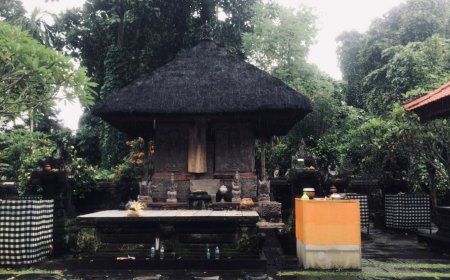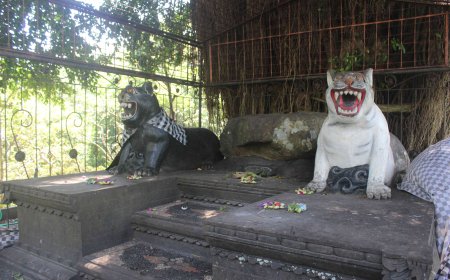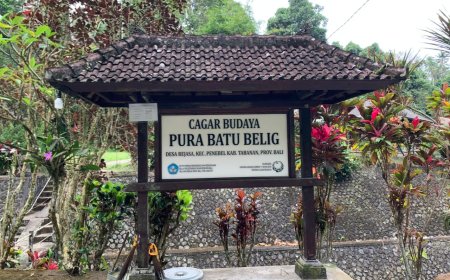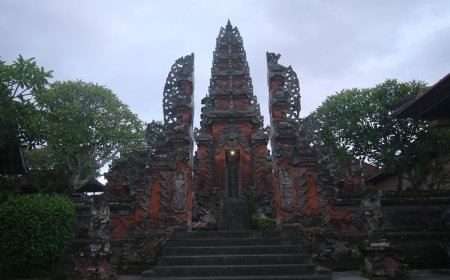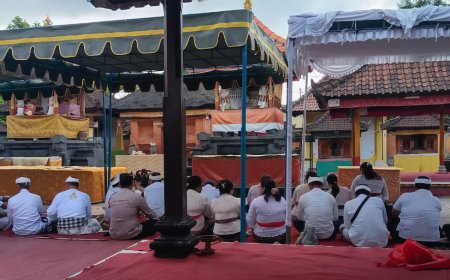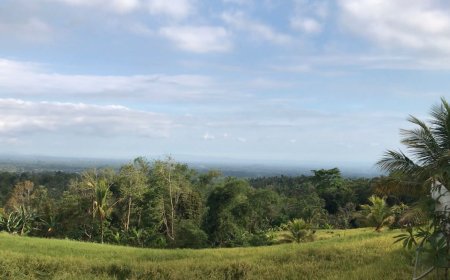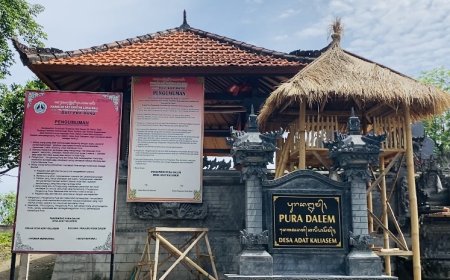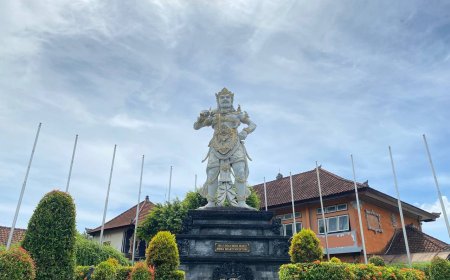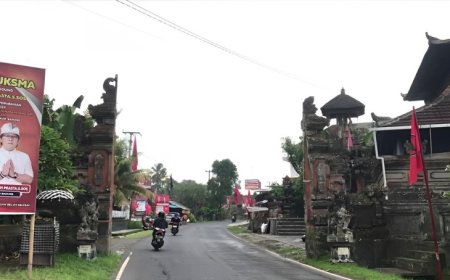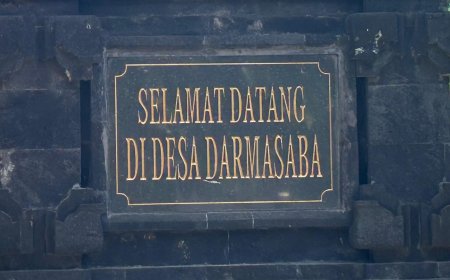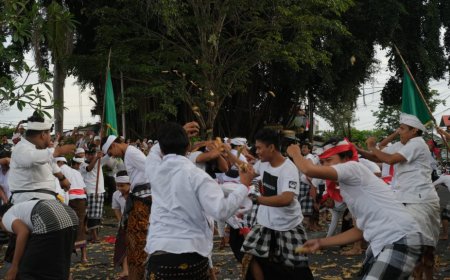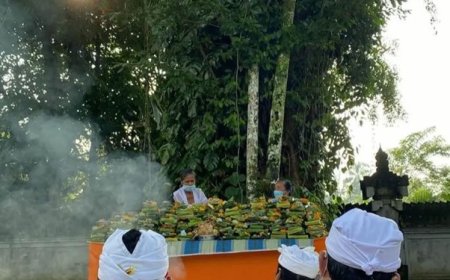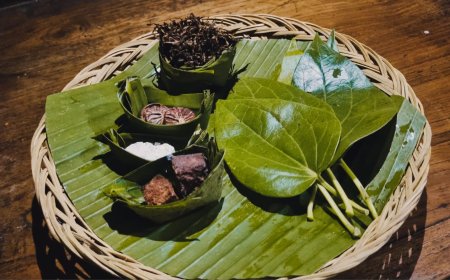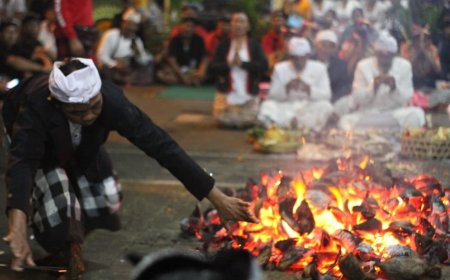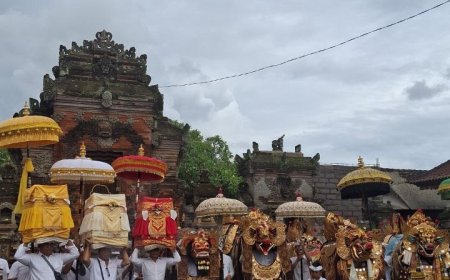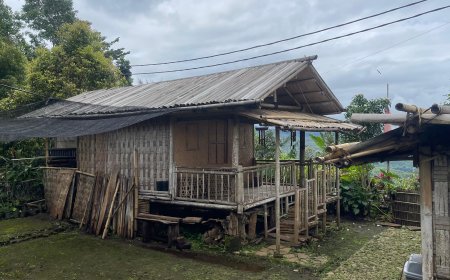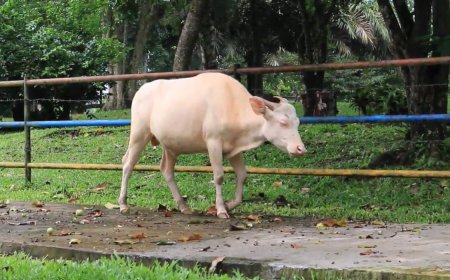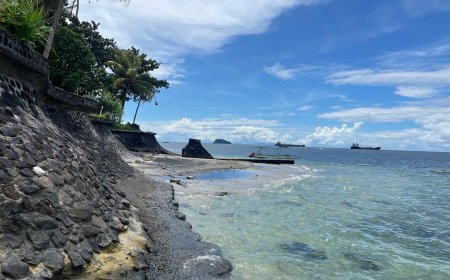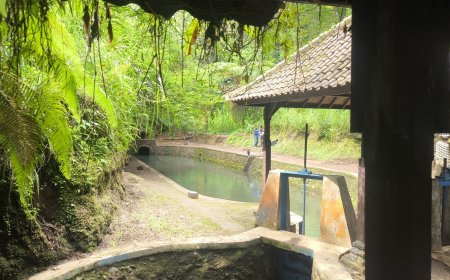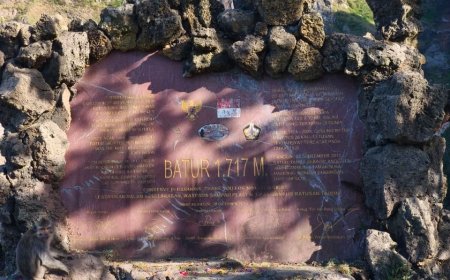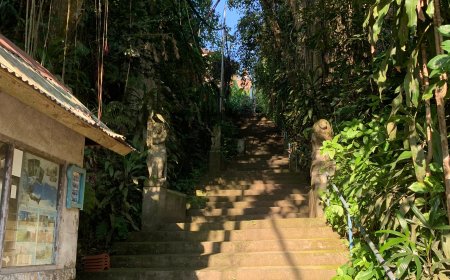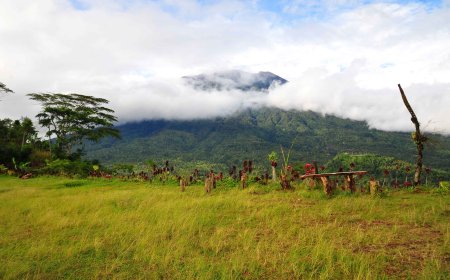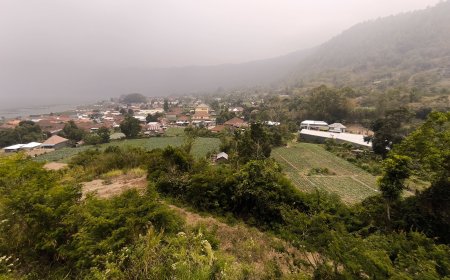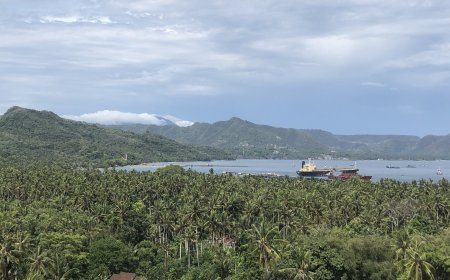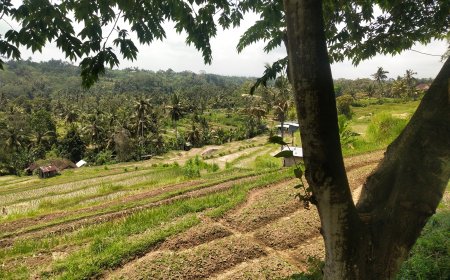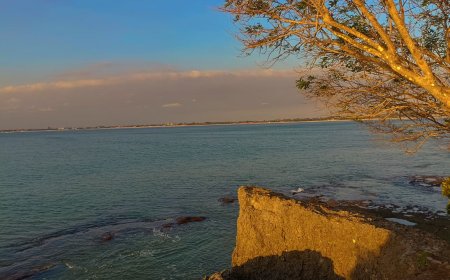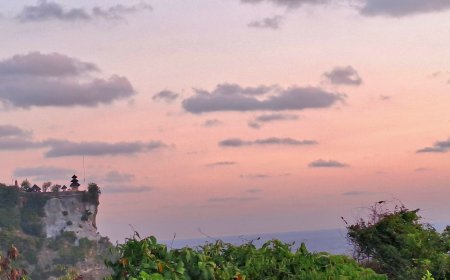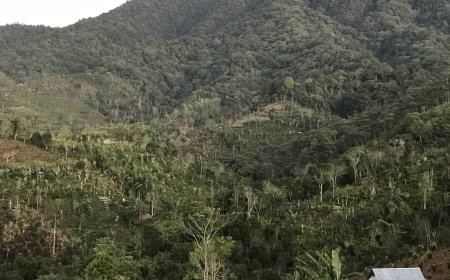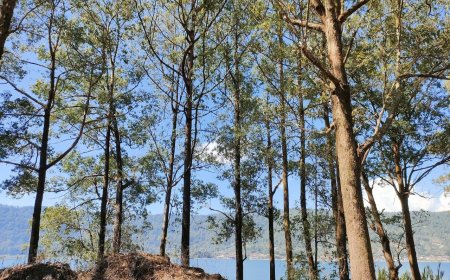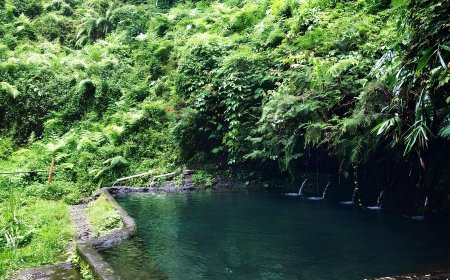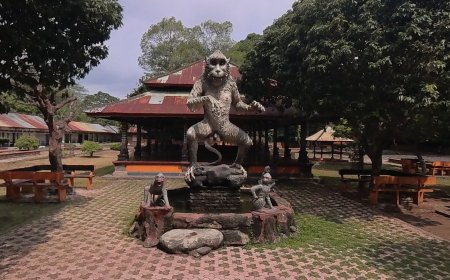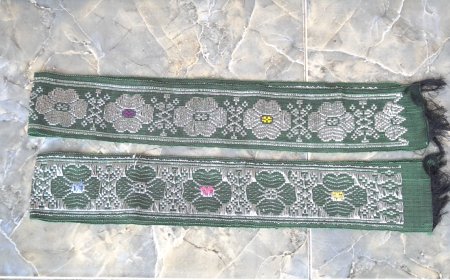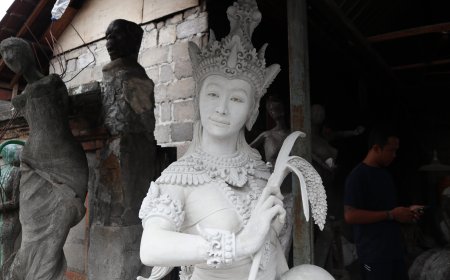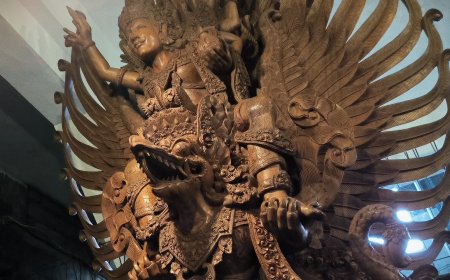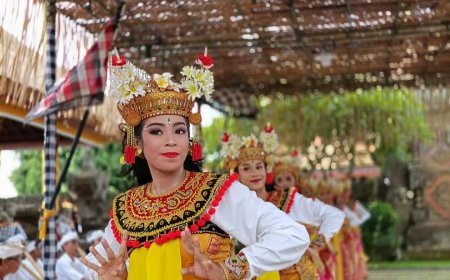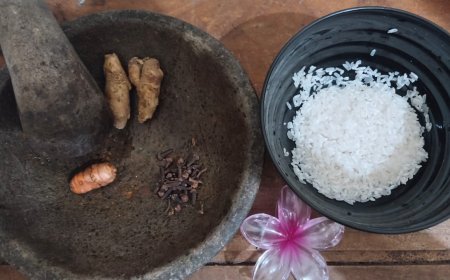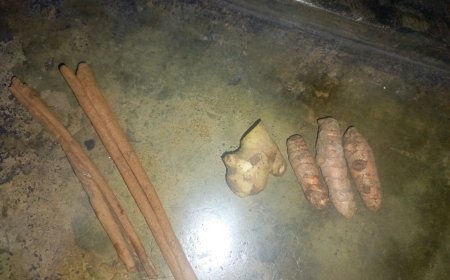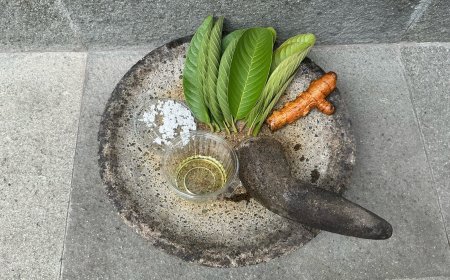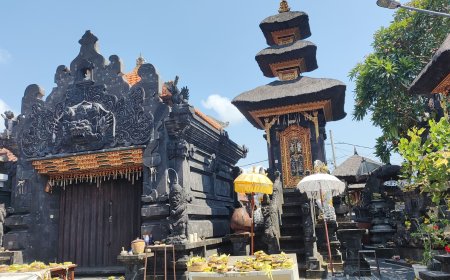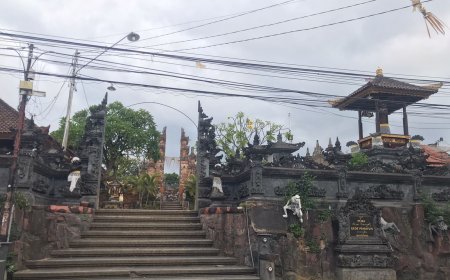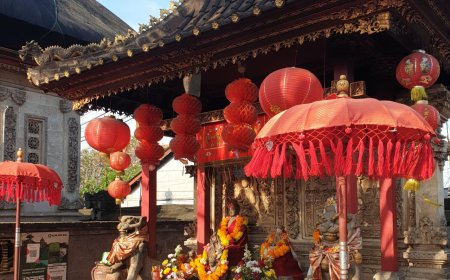The Charm of Pura Puru Sada: An Ancient Temple Amidst the Beauty of Bali
Pura Sada is one of the historical and iconic temples in the Adat Kapal Village, Badung Regency, Bali. With its beautiful architecture and high spiritual value, this temple is not only a place of worship but also a symbol of the rich culture and traditions of the Balinese people. Pura Sada Kapal has a unique charm, both in terms of its history, architecture, and its important role in the local community's life.
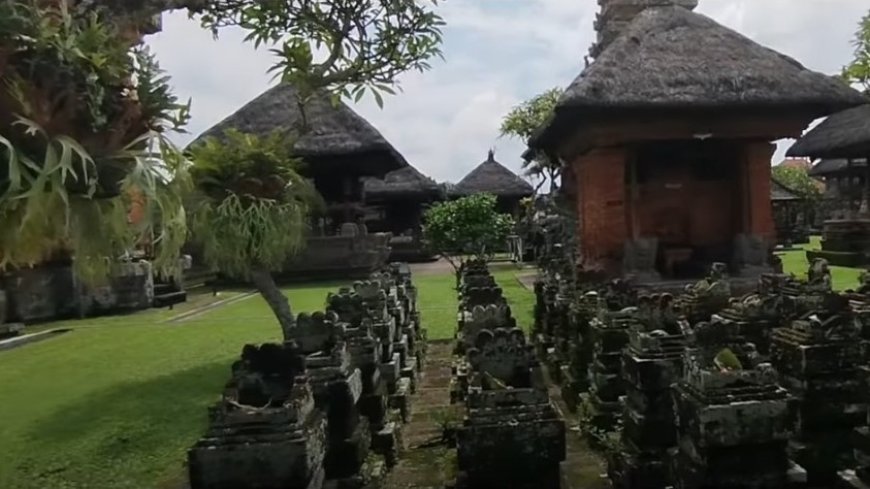
Bali is home to numerous sacred temples that serve as important historical heritage and need to be preserved. One of these is Pura Sada Kapal. This temple was established by the King of Mengwi in the 18th century as a tribute to Prabu Jayengrat, the ancestor of the royal family.
The name "Pura Sada" is said to originate from the presence of the prasada shrine located in the utamaning mandala section. This shrine is shaped like a tiered pyramid about 16 meters tall, resembling temples from East Java. This sacred place, dedicated to the worship of Siwa Guru, is also known as Pususadha.
Pura Sada Kapal, estimated to have been built in 830 AD, was severely damaged by an earthquake in 1917 and underwent reconstruction in 1949. Long before this, the temple had undergone several rehabilitations.
Pura Puru Sada (Photo Source: Personal Collection)
The architecture of Pura Sada reflects a harmonious blend of exquisite Balinese carvings and profound religious symbolism. One of its unique features is the tall tower called a meru, with 11 tiered roofs. The number 11 in this design symbolizes the highest respect for the gods, particularly Lord Shiva. Additionally, the carvings adorning the temple's walls and gates depict epic stories from the Ramayana and Mahabharata, creating a sacred yet aesthetically captivating atmosphere.
The temple gate, known as candi bentar, is another significant element, with intricate carvings illustrating the connection between humans and the universe, aligned with the philosophy of Tri Hita Karana.
Pura Puru Sada (Photo Source: Personal Collection)
Pura Sada serves as the center for various traditional ceremonies, including Ngusaba Desa and Piodalan, celebrated annually. These ceremonies involve the entire community of Kapal Village and aim to seek blessings, fertility, and prosperity. The rituals are often accompanied by traditional Balinese gamelan music and sacred dances, creating a solemn and grand atmosphere.
Moreover, Pura Sada is known as the venue for Mlaspas and Ngaben ceremonies. The community believes that the temple possesses sacred energy capable of purification and harmonization of the soul.
For the Balinese people, Pura Sada symbolizes a harmonious relationship between humans, nature, and God. This spiritual value makes the temple a center for teaching the philosophy of Tri Hita Karana, emphasizing balance in life.
Pura Puru Sada (Photo Source: Personal Collection)
Aside from being a place of worship, Pura Sada is also a fascinating cultural tourism destination. Visitors can admire the temple's architectural beauty, witness traditional ceremonies like Ngusaba Desa and Piodalan, and explore its rich history. For culture enthusiasts, the temple offers insights into Balinese traditions and the philosophy of Tri Hita Karana, emphasizing harmony between humans, nature, and the divine.
As a sacred site, visitors are expected to adhere to the rules, such as wearing traditional Balinese attire when entering the temple area and maintaining cleanliness and tranquility. With its beauty and historical value, Pura Sada provides a profound cultural and spiritual experience.
